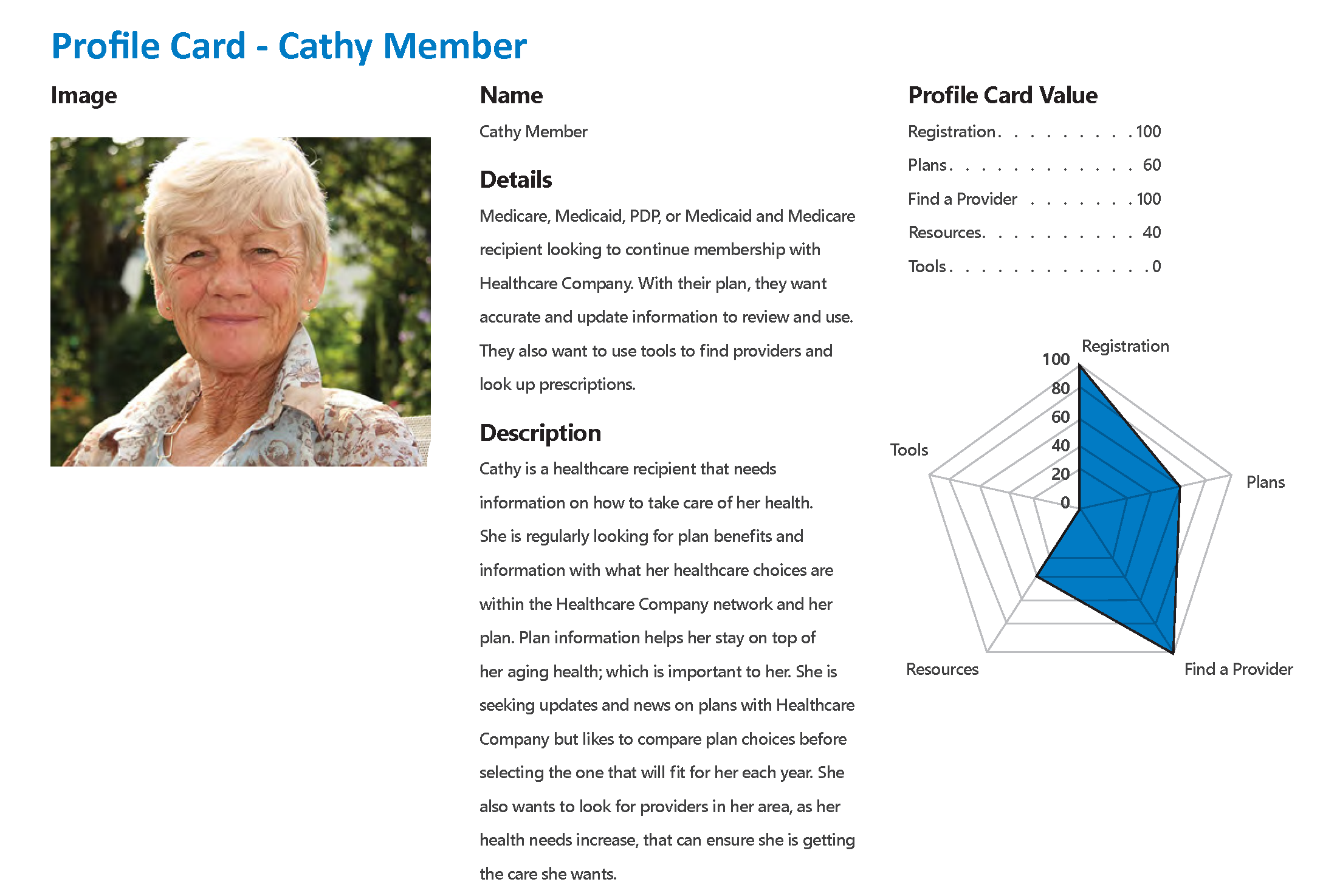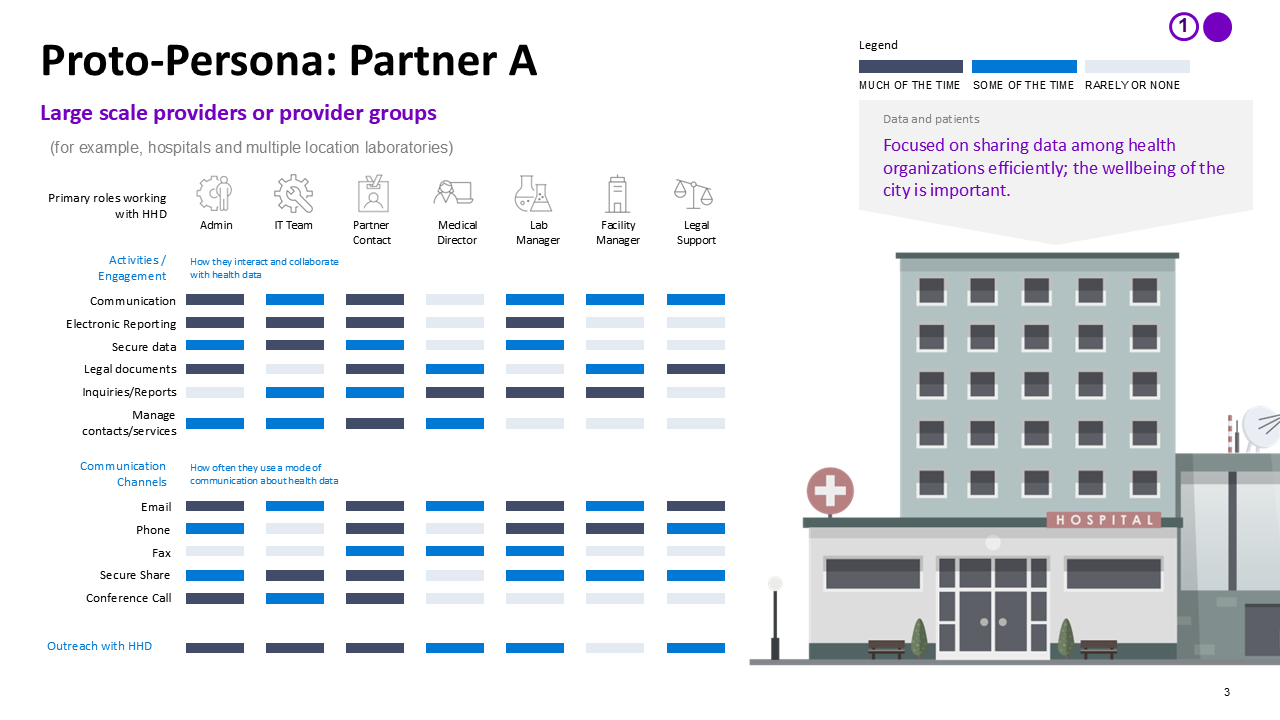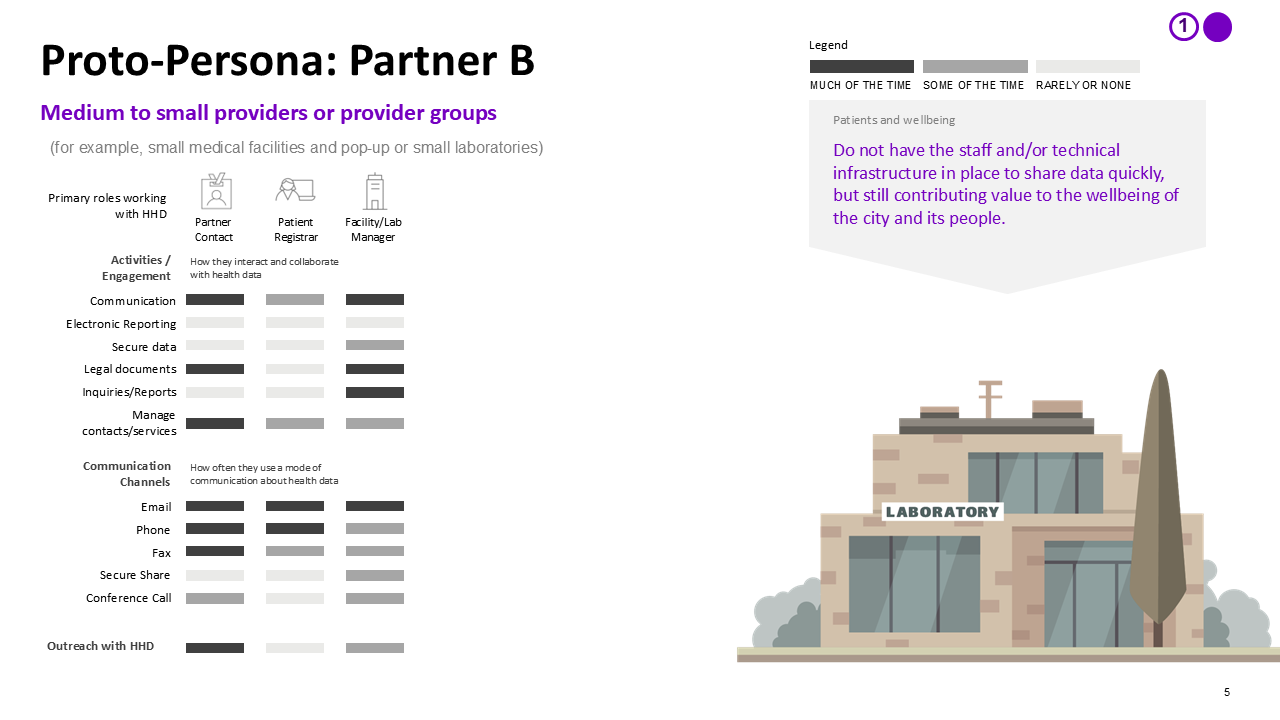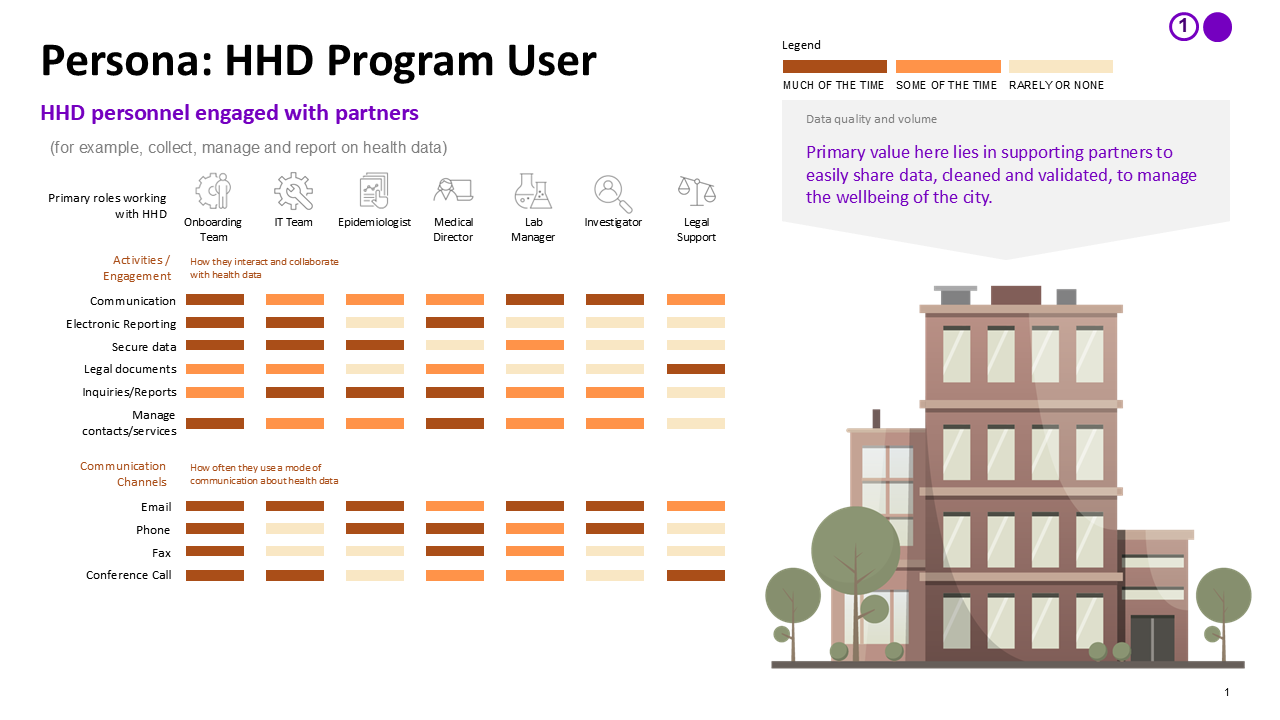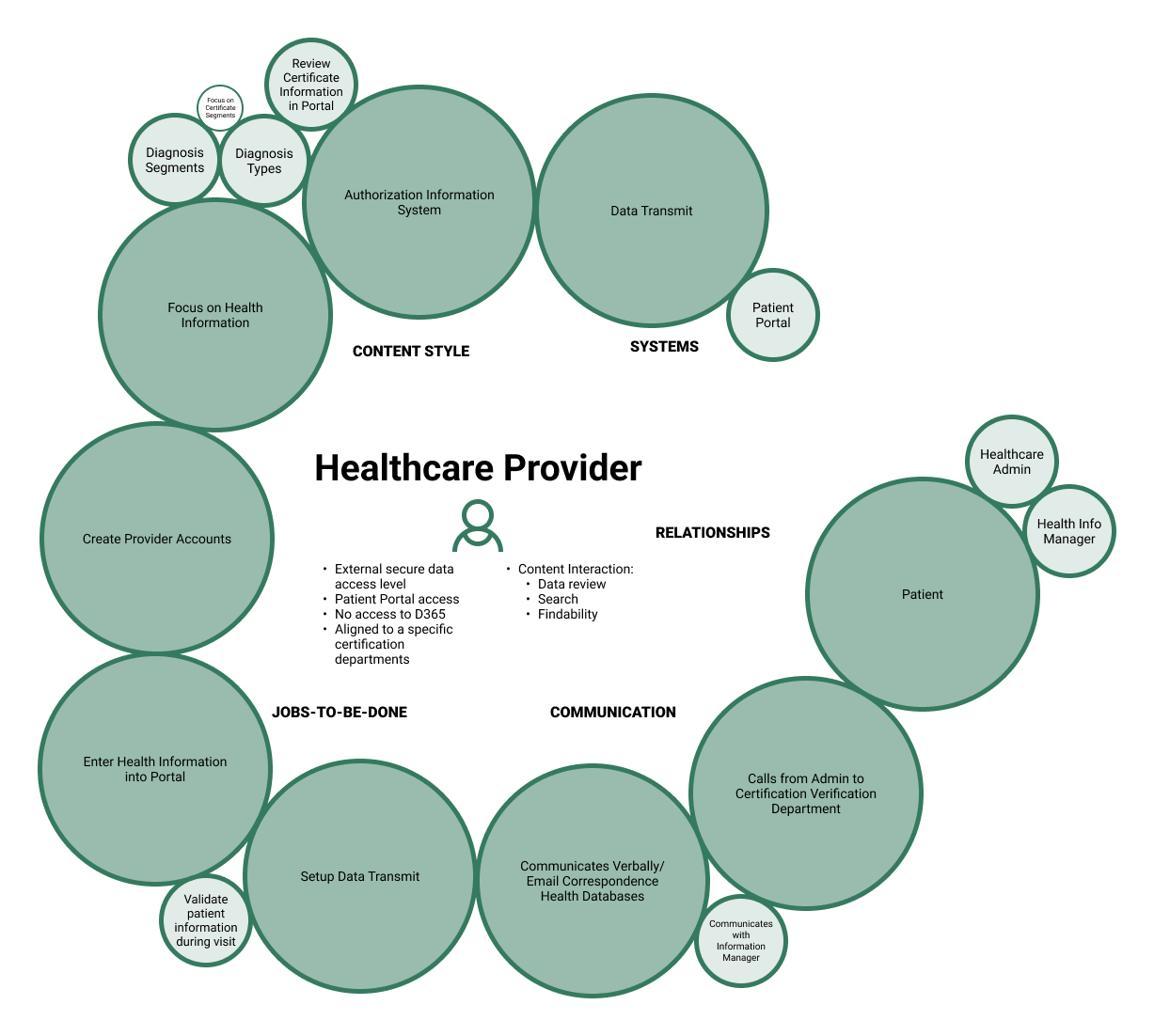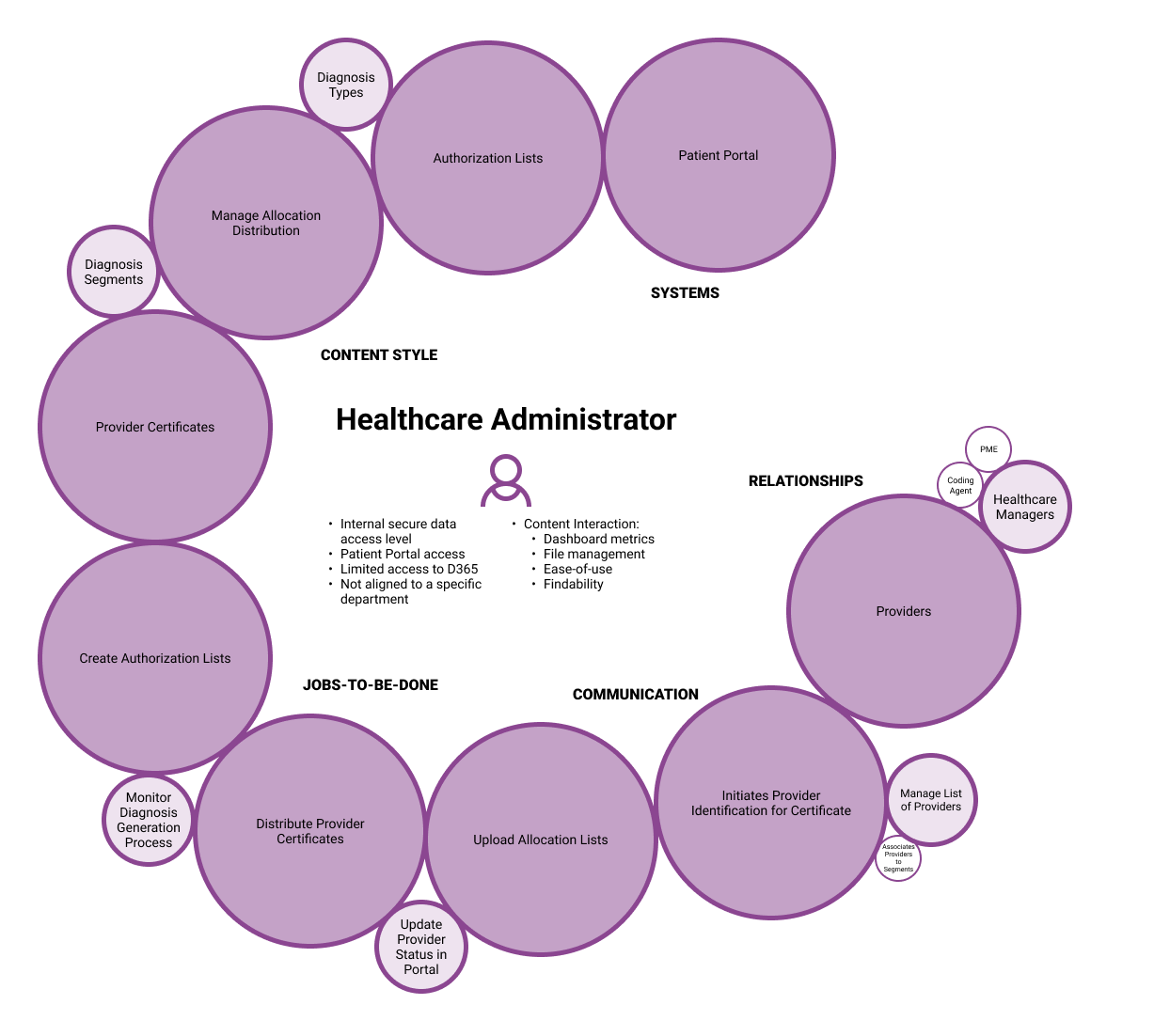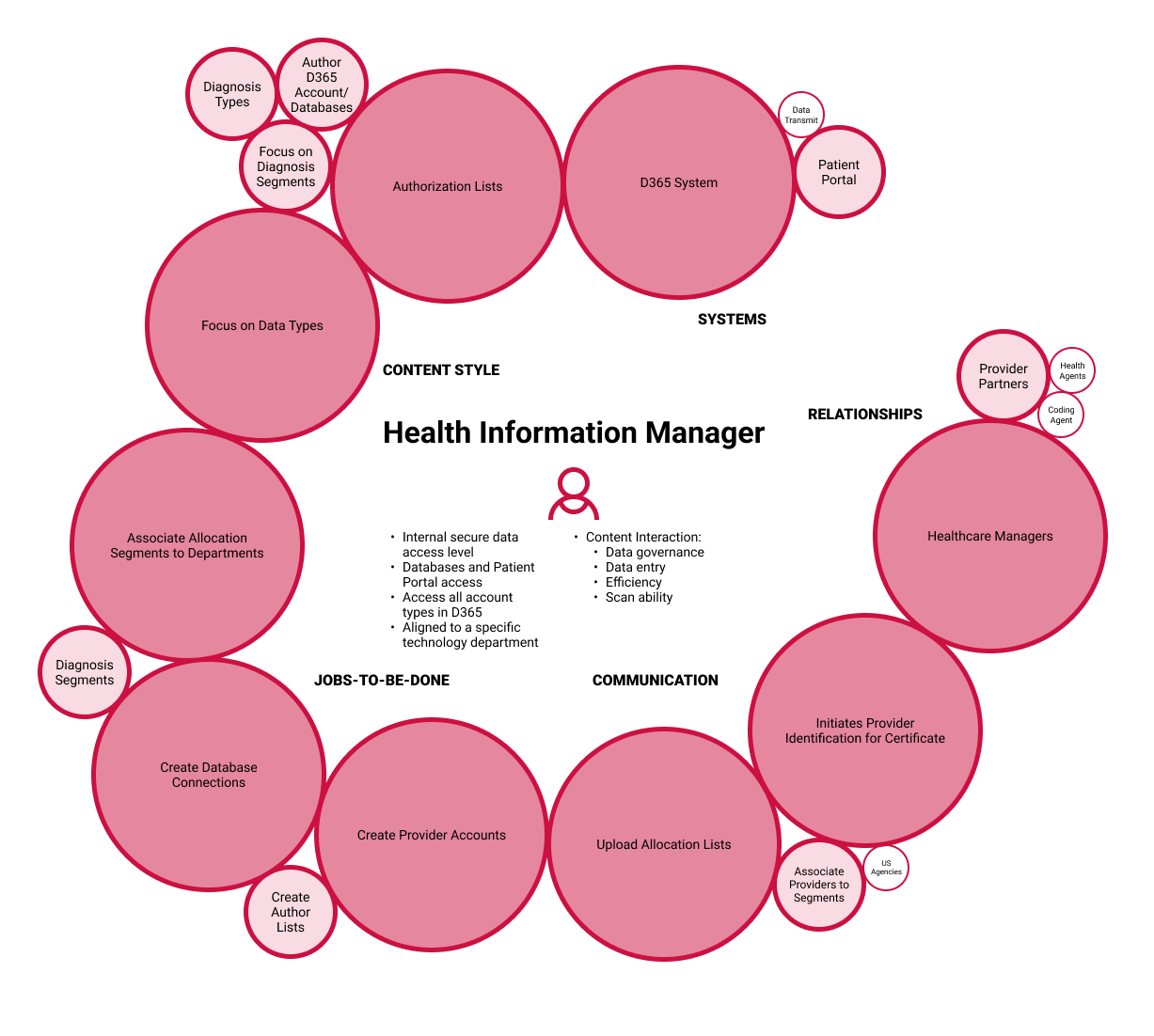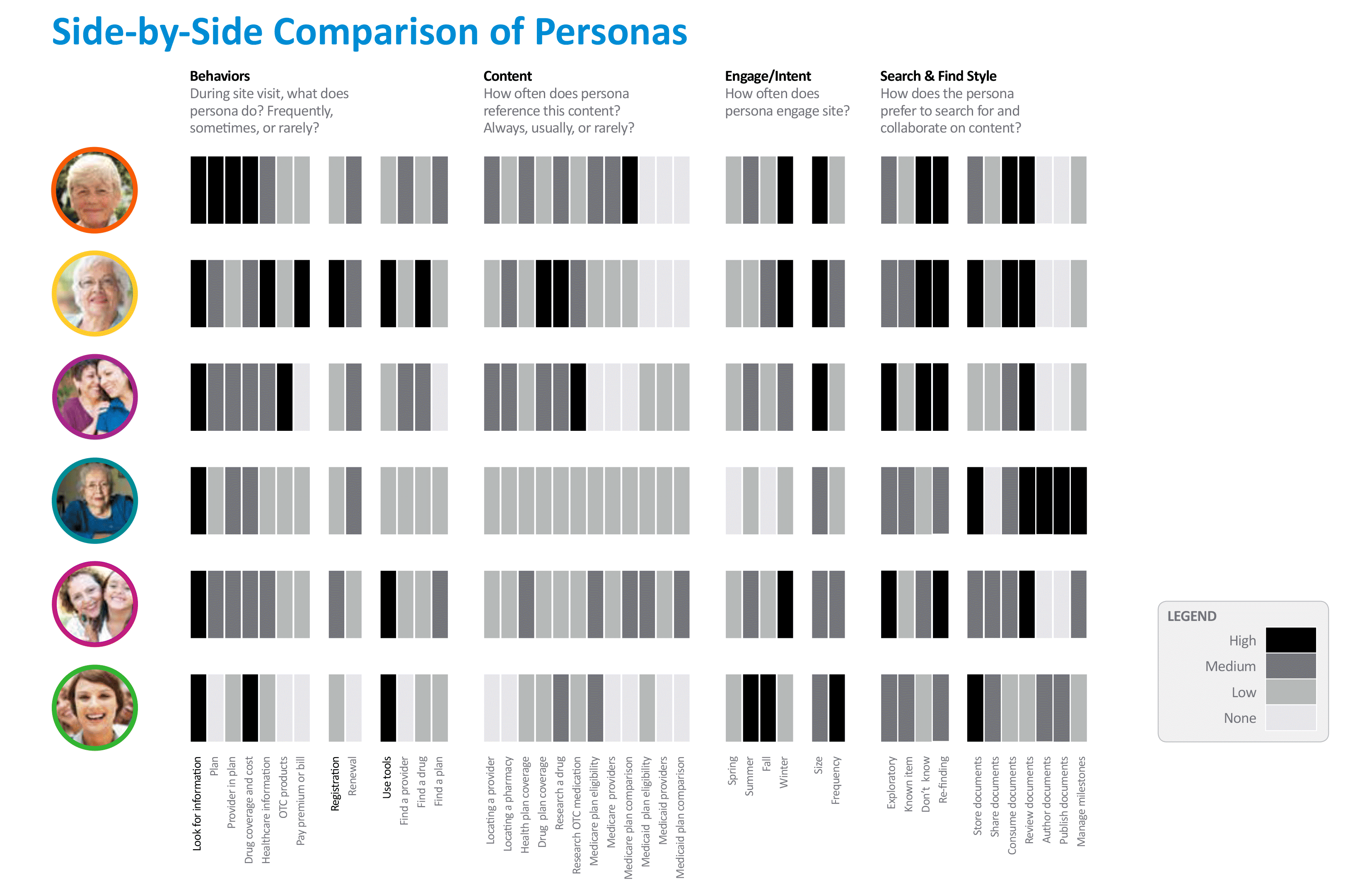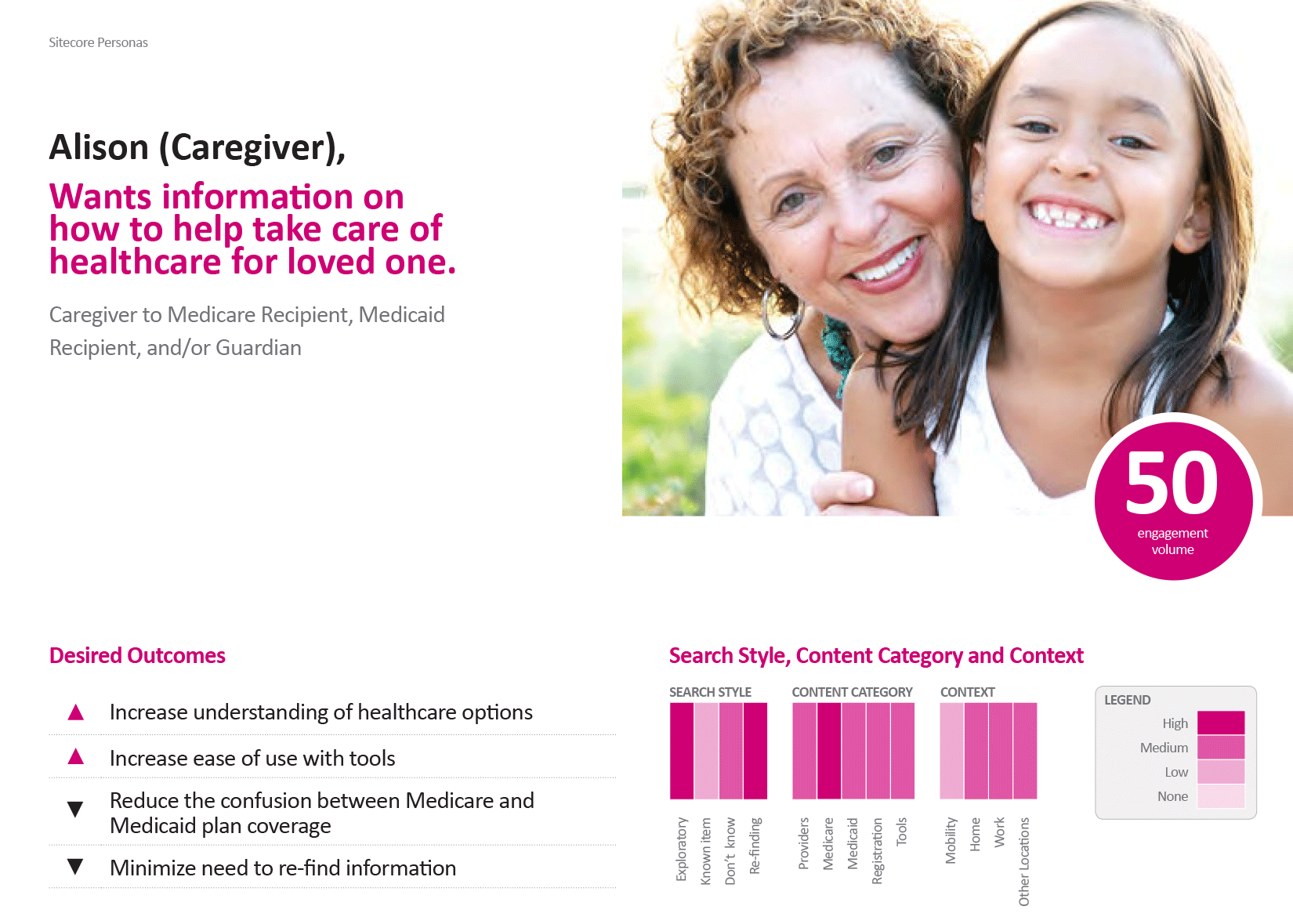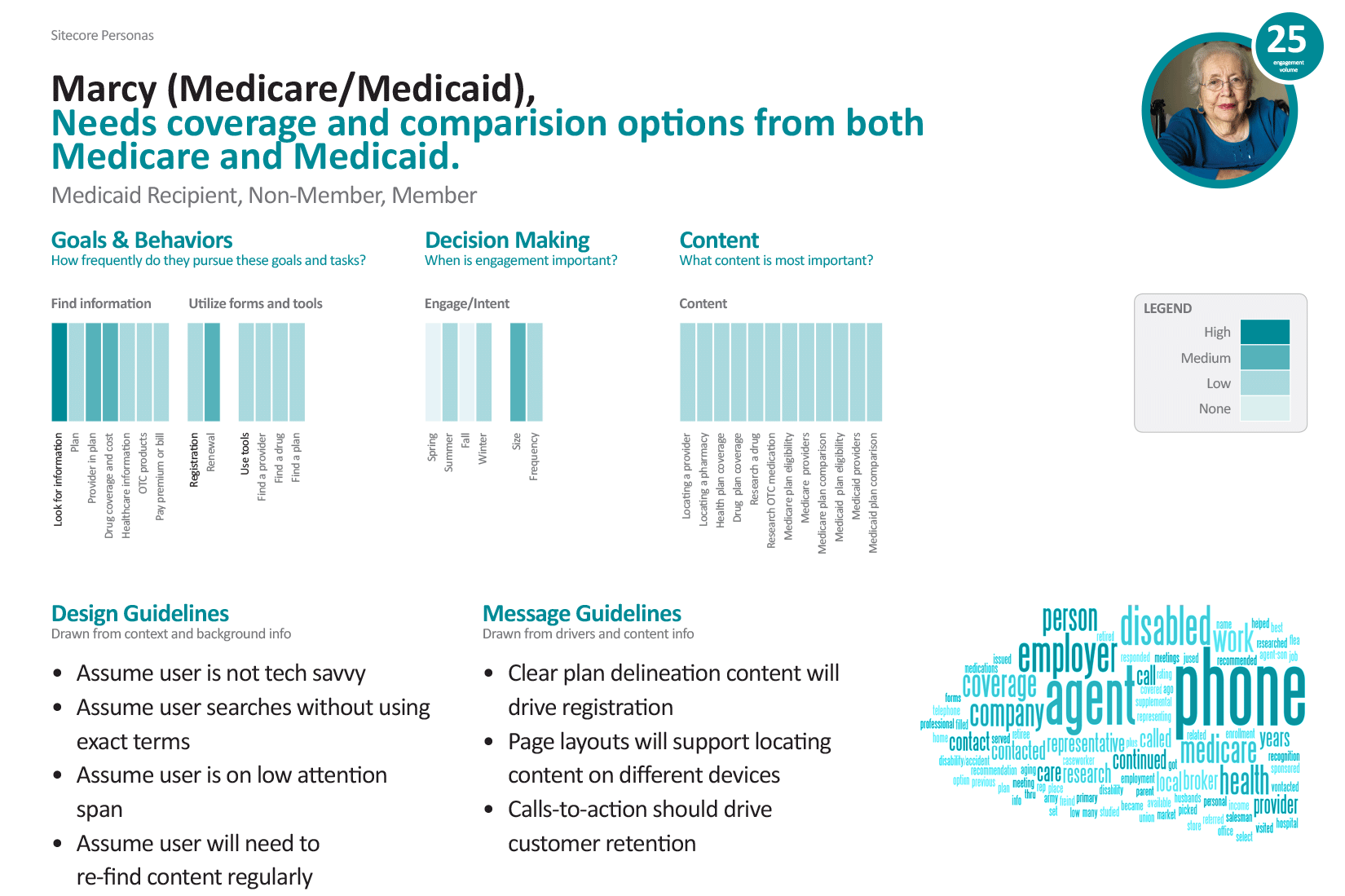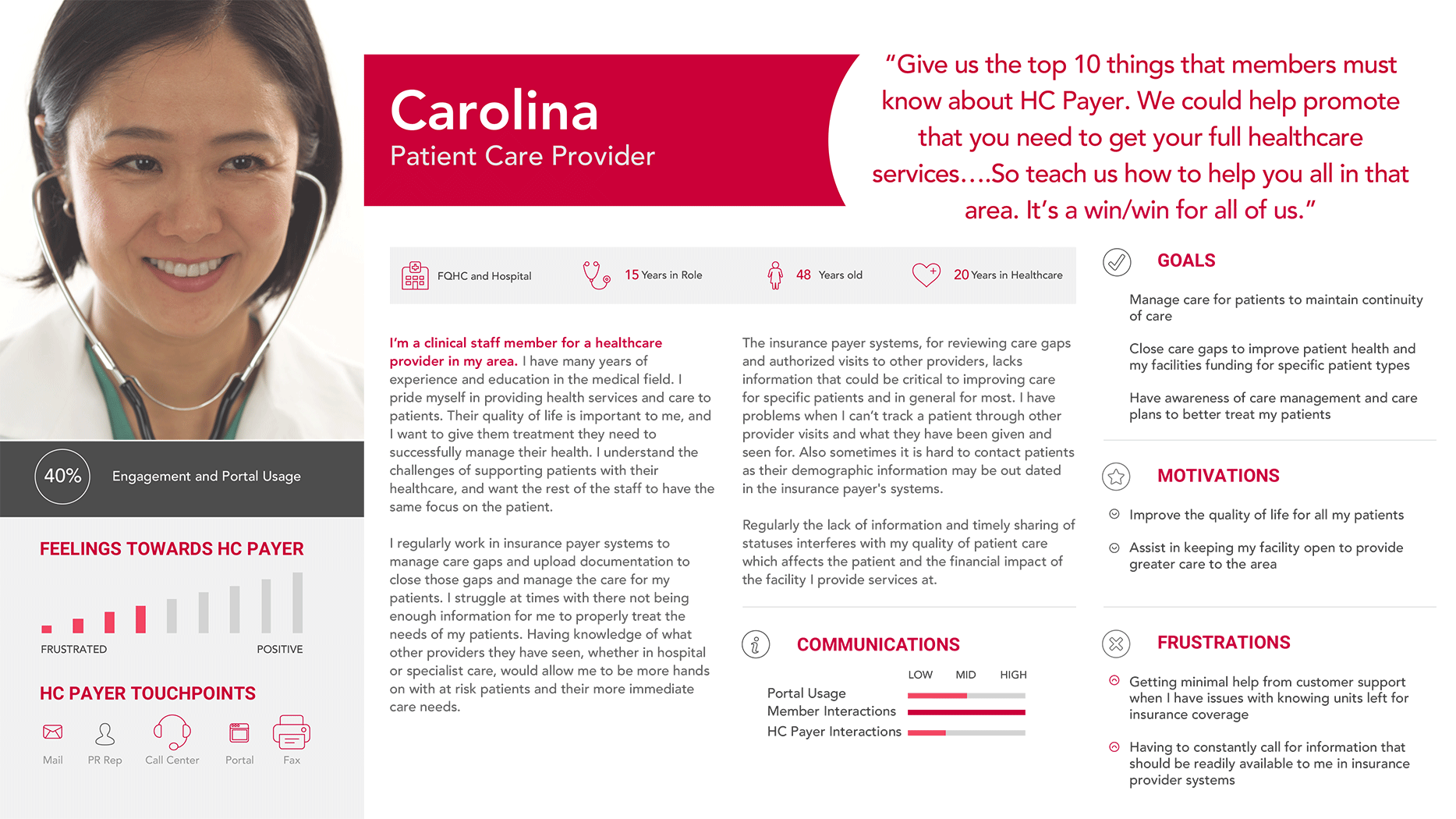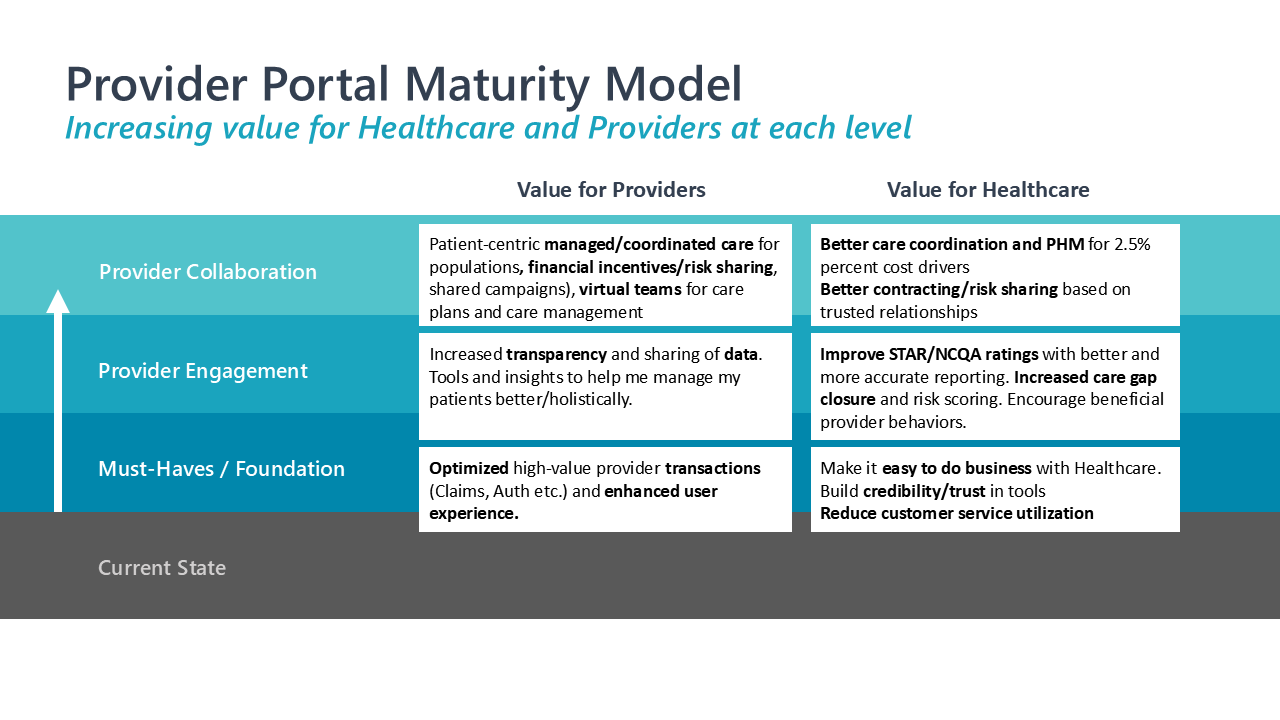Summary
The healthcare industry struggles with trust, communication, and usability gaps, limiting managed care adoption among vulnerable populations. Research highlights patient needs for simple, personalized solutions and provider requirements for efficient tools. User-focused innovations, such as localized interfaces and transparent data-sharing, empower patients, streamline care, and foster trust. These solutions enhance engagement, improve efficiency, and support preventive care, driving measurable outcomes like increased adoption and scalable, patient-centered advancements in community health.
My Role
- Design Lead
- UX Researcher
- Workshop Facilitator
![]()
Contextual Challenges
The healthcare industry faces multifaceted challenges as it seeks to improve patient outcomes and foster engagement amid shifting societal trends. The rise of sedentary lifestyles, combined with the ease of accessing goods and services at home, has exacerbated health risks. To counter these trends and gain deeper understanding, healthcare organizations and the U.S. government seek additional ways to partner and offer managed care options. I worked on different teams across multiple projects to bring awareness to these organizations in patient and provider engagement activities.
However, health plan providers face persistent difficulties in building trust, effectively communicating benefits, and addressing the diverse needs of vulnerable populations, such as low-income individuals and the elderly. These gaps result in fragmented user experiences, reduced engagement, and limited adoption of healthcare initiatives.
Gathered Insights
Extensive user research revealed critical insights into the needs of patients, providers, and other healthcare stakeholders. By engaging with users across multiple states through workshops, interviews, and data analysis, the research uncovered recurring pain points:
- Patients prioritize personalized, simple, and accessible healthcare solutions. They desire communication channels that simplify navigating healthcare systems.
- Providers require intuitive tools for managing data, facilitating secure collaboration, and improving patient interactions.
- Systemic Gaps include fragmented communication and usability issues, underscoring the need for trust-building and streamlined solutions.
Archetypes were developed to map user needs, which were refined into detailed personas through iterative feedback. This approach clarified priorities and illuminated opportunities to address communication, accessibility, and usability challenges in existing healthcare systems.
Realized Opportunities
Insights from research presented numerous opportunities to create user-focused healthcare solutions tailored to the needs of patients and providers:
- Patient-Focused Innovations
- Simplified digital interfaces with localized content to accommodate diverse user groups, including elderly individuals and those with low digital literacy.
- Tools that empower patients to manage their healthcare journeys through personalized care and clear communication.
- Provider Efficiency
- Secure, transparent data-sharing platforms that enhance trust, streamline communication, and reduce administrative burdens.
- Intuitive systems that facilitate seamless collaboration among providers.
- Persona-Driven Roadmaps
- Product roadmaps informed by detailed user personas to ensure empathy, relevance, and alignment with user needs.
- Agile development processes that enable iterative improvements and cross-functional team alignment.
By leveraging these opportunities, healthcare organizations can create solutions that resonate with stakeholders while addressing systemic inefficiencies.
Outcomes to Measure
The adoption of user-focused strategies yielded measurable results that validated the value of a persona-driven approach:
Community Health Improvements: Broader adoption of managed care options reduced systemic barriers, promoted preventive care, and lowered long-term healthcare costs.
Increased Patient Engagement: Higher portal usage rates and improved satisfaction scores indicated greater trust and usability.
Enhanced Provider Efficiency: Providers reported reduced errors, saved time, and improved patient data management.
Scalability and Innovation: Iterative feedback loops enabled continuous improvement, ensuring long-term adaptability to evolving user needs.
By addressing contextual challenges, gathering actionable insights, seizing opportunities, and measuring outcomes, persona development has proven to be a pivotal strategy for delivering impactful, user-centric healthcare solutions. This approach not only advances individual patient care but also drives broader societal benefits by improving community health and fostering trust and collaboration among stakeholders.
Patient Value and Broader Impact
The proposed solutions enhance patient care by prioritizing accessibility, empowerment, and proactive management. Simplified interfaces, localized content, and multilingual support ensure inclusivity, while personalized tools and clear communication guide patients through their healthcare journeys. Features like reminders and self-service portals promote treatment adherence and timely appointments.
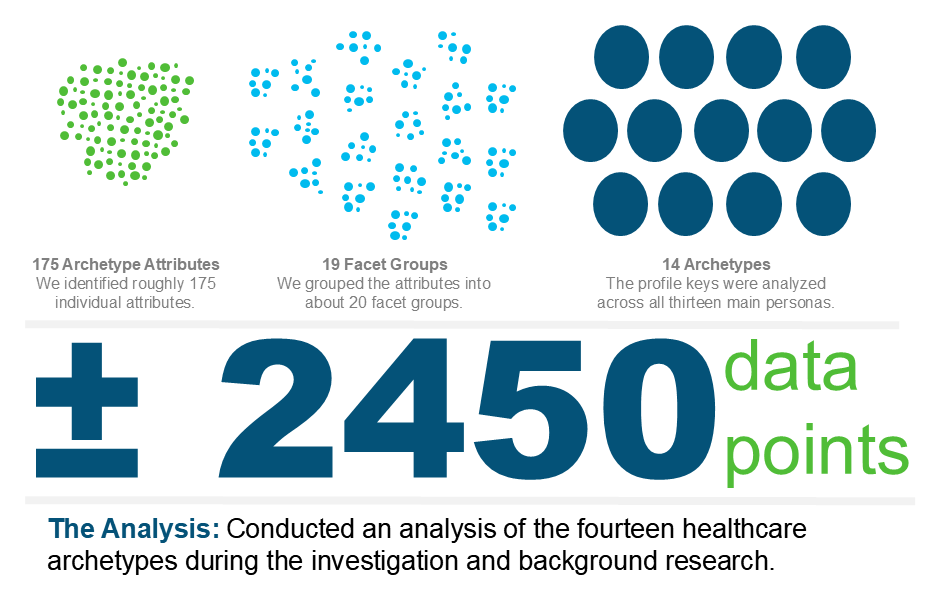
By fostering trust through transparency and aligning incentives across stakeholders, these solutions not only improve individual outcomes but also drive preventive care adoption and reduce long-term costs. Grounded in empathy and sustainability, they deliver scalable, patient-centered innovations tailored to evolving needs.
